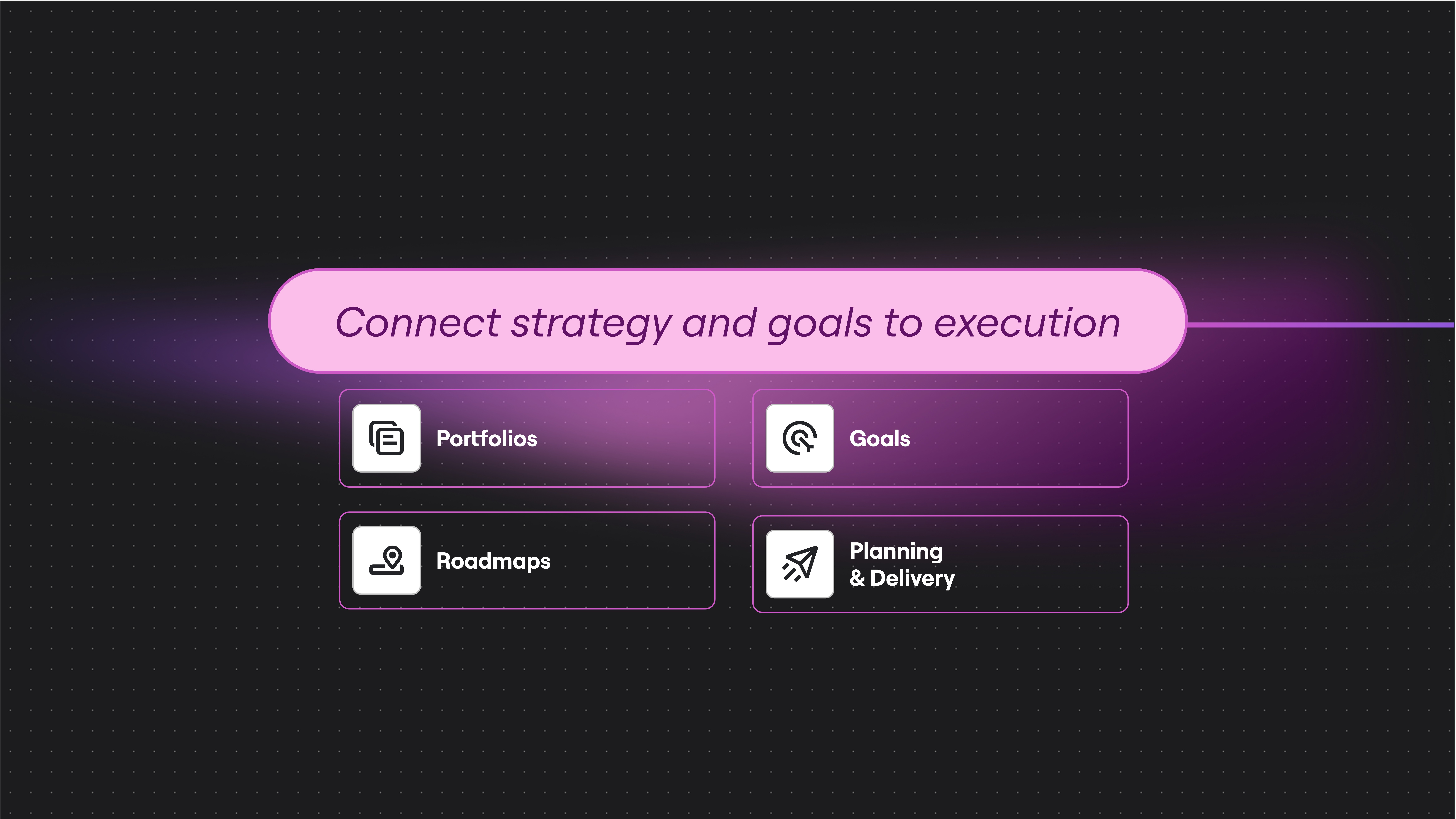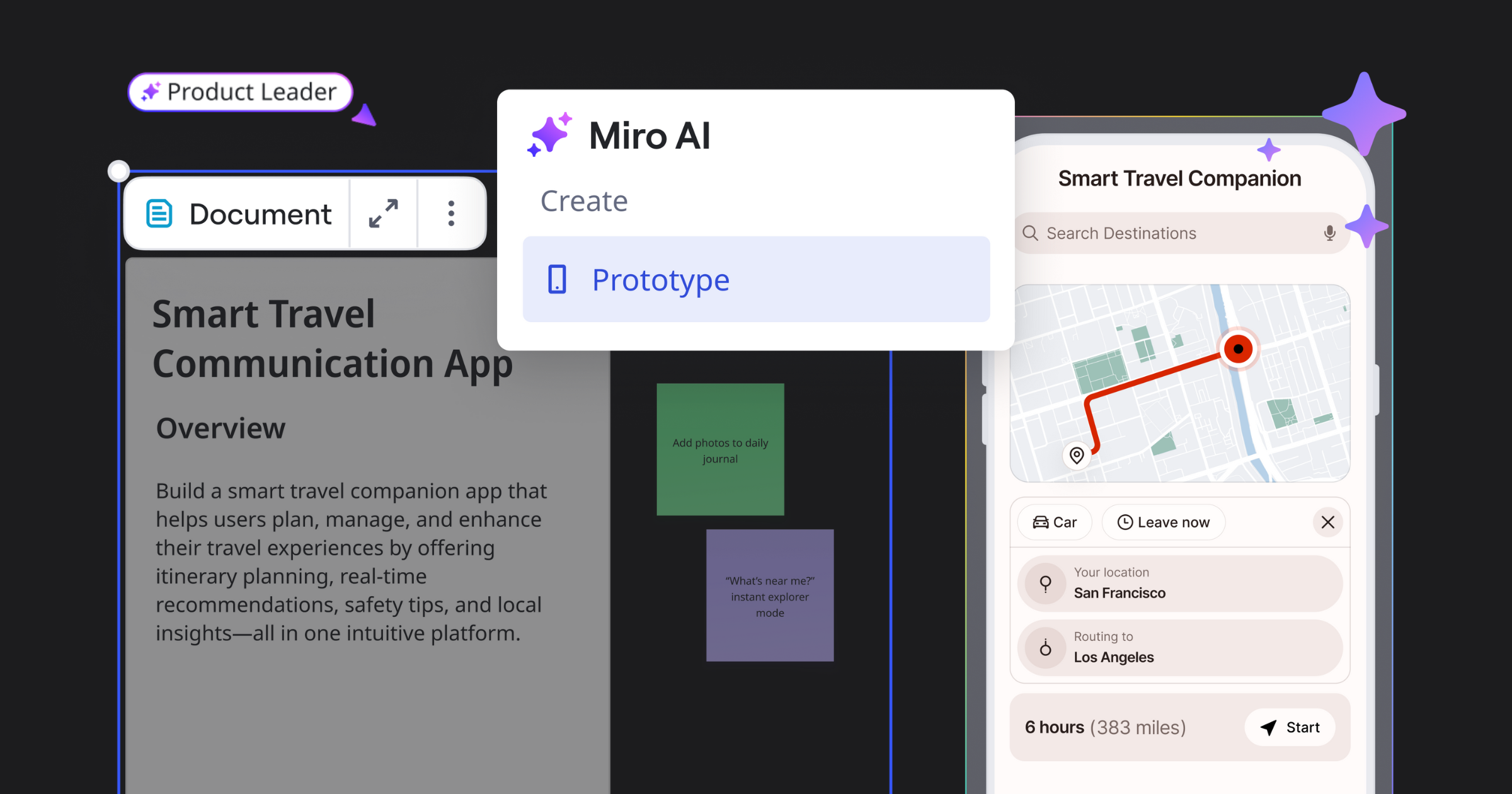Here at Miro, we set out on a mission to build a universal whiteboarding tool that helps companies to embrace digital transformation, manage remote teams and think visually in order to speed up internal processes and delight their customers.
That’s why we are always curious about the ways leading companies from around the world approach remote collaboration and the challenges they face while organizing their work in distributed teams. We asked Tom Redman, technical product manager at Buffer, to share his advice with us.
Outlining the principles that define your culture
There are a couple of disadvantages that prevent remote teams from being productive. First, it’s important to communicate effectively and avoid misunderstanding. “We don’t write with sarcasm or ambiguity, and we often repeat ourselves in an effort to over-communicate,” says Redman.
Another crucial principle for remote teams is staying positive. “Unlike in-person communication, there are few buffers online to prevent negativity from becoming consuming,” explains Tom. He thinks that being “positive and non-critical, while embracing authenticity” works best for his team.
One of the most significant approaches Tom uses is keeping a pulse on the human side of things. He tries to prevent his colleagues from being overworked, feeling drained or being stressed out. Otherwise, you risk doing damage to the people in the team and, by extension, to the product.
“Finally, transparency in just about everything goes a very, very long way,” suggests Redman. At Buffer, all of the emails are transparent; everybody gets every email. It requires using a lot of Gmail filters, but the benefits are apparent. Nobody feels left out of what’s going on across the company.
Setting the right goals
To determine the goals and inspire the team to achieve them, a product team leader needs to build trust among his colleagues. Redman’s suggestion is to earn that trust “through demonstrated leadership and competency.” He also advocates for syncing up regularly, usually by video chat, to discuss current tasks. This allows the product manager to ensure everyone knows how they contribute to the ultimate goal and to take full responsibility for the final experience.
Another method that helps the Buffer team stay productive is a six-week development cycle, with a two-week planning process in between six-week cycles. The startup has tried other product development approaches, but they didn’t work as well. Usually, the PM plans and then oversees the execution and development of each six-week cycle, while also planning the next cycle. “The two weeks between cycles are used by the engineers to decompress, provide technical scope estimations for the upcoming tasks and work on a project of their choice,” adds Tom.
This approach helps the leader have all of the upcoming cycle’s tasks fully detailed and specced, including design and technical considerations, at the beginning of the new six-week cycle. Redman explains: “Our goal in planning is to minimize as much potential back-and-forth communication as possible, which is the ultimate time-sink.”
“The two weeks between cycles are used by the engineers to decompress, provide technical scope estimations for the upcoming tasks and work on a project of their choice.”
Building and organizing your workflow
In a team that’s new to working together, Tom recommends having daily standups with the entire team (engineers, designers and PMs should all be there). Until everyone in the company has built up trust, a daily standup is very useful, but the Buffer team has progressed beyond that, getting together for a single weekly full-team meeting. These meetings are done over video chat, and team members always have access to one another through Slack.
During the planning process, being “as detailed as possible” about upcoming tasks is crucial. It takes extra time to communicate remotely, an issue that is compounded by back-and-forth discussions caused by ambiguous tasks. Redman’s team strives to have as few engineering and design questions as possible during the execution phase.
Choosing productivity tools
There are many tools to facilitate working remotely. They’re really what enable remote work to be effective. Buffer’s product team initially used Trello but later decided to switch to Flow (software for project planning and task management) for product development planning. “It’s similar to Trello but purpose-built for the job,” adds Tom.
The team also uses Slack and transparent emails (G Suite) for communication and Dropbox Paper, Figma, Github and AWS for other tasks. “In the past, we tried HipChat and Photoshop and then Sketch, but found the notifications in Slack were superior at the time (about three years ago), and Photoshop and Sketch didn’t quite have the collaborative features we needed for our design process.”
Optimizing research
The Buffer team uses a variety of research techniques. Most often, the startup conducts data analysis and exploration, and organizes customer interviews.
“We often begin with a hypothesis (research needs to be focused to be effective) and identify who we’d like to hear from,” says Redman. From there they find specific users and reach out for a call. Listening and empathy are required skills to conduct this type of research. Tom works with a dedicated researcher at Buffer, Roy Olende, to make sure the team achieves excellent results at this stage.
Buffer also has a data team to derive insights from the data the product team is gathering, and melds the results from these two methods together to help validate or reject their hypothesis.
The outline? “Our principles are primarily communication, trust, transparency, and communication! (not a typo!)”
“We often begin with a hypothesis (research needs to be focused to be effective) and identify who we’d like to hear from.”
ABOUT THE speaker
Tom Redman
Tom Redman is a technical product manager at Buffer. To learn more about Tom’s approach to product development, follow him on Twitter or Medium. You can also find him on Github.
Profile
Buffer
Buffer is an online tool for managing accounts in social networks. More than 8,000 businesses use the company’s product to manage their social media accounts.
Headquarters:
San Francisco, California
Founded: 2010
Team: 72 people (the company’s employees live in 15 countries and 42 cities)
Founders:Joel Gascoigne, Leo Widrich, Tom Moor




